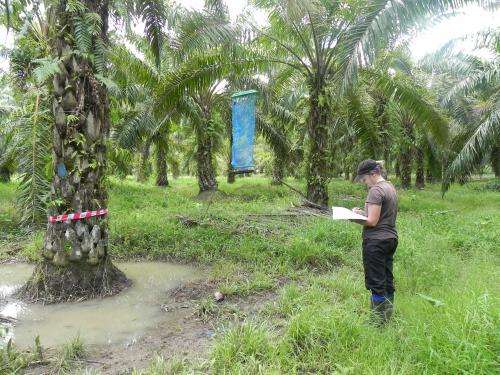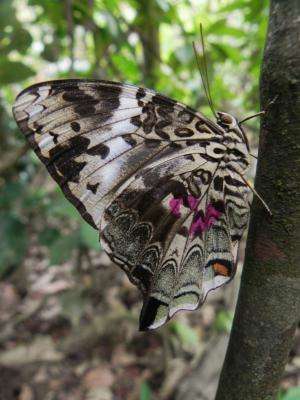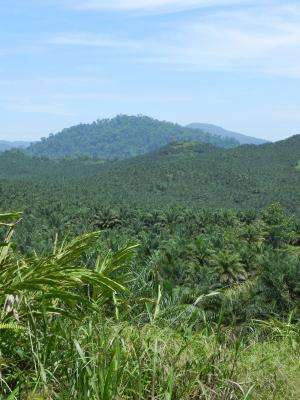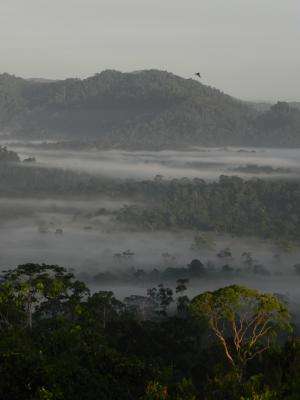Scientists question tropical protected areas' role under climate change

New research led by University of York scientists highlights how poor connectivity of protected area (PA) networks in Southeast Asia may prevent lowland species from responding to climate change.
Tropical species are shifting to higher elevations in response to rising temperatures, but there has been only limited research into the effectiveness of current protected area networks in facilitating such movements in the face of climate change.
However, the new study, published in the journal Biological Conservation, focuses on the connectivity of the protected area network on the highly biologically diverse island of Borneo. The island is facing severe pressure due to deforestation and cultivation of oil palm plantations, resulting in an important biodiversity conservation role for protected areas in this region.
The research paper analyses future changes in the spatial distribution of climate within protected areas, and also uses population modelling to examine their connectivity. The results suggest that low elevation protected areas are particularly vulnerable to climate change, and that management to improve their linkage as terrain increases in elevation should be a conservation priority.
Lead author Sarah Scriven, a PhD student from the Department of Biology at York, said: "This study gave me an opportunity to learn valuable new skills such as the manipulation of land cover and climate data using GIS (geographic information system) software, as well as modelling the dispersal of species - such as forest-dependant butterflies - through fragmented landscapes. I will combine these new research skills with field-work in Sabah, Malaysian Borneo, to address the overall theme of my PhD - which is to examine the resilience of biodiversity to climate change within tropical agricultural landscapes."

The study shows that analogue climates will shift out of more than 61 per cent of protected areas resulting in many species needing to move to cooler areas if they are to track climate changes. The study also reveals that many low-lying protected areas are isolated and not well connected to cooler forested areas at higher elevation.
Co-author Dr Colin McClean, from the Environment Department at York, said: "We show that the majority of PAs on Borneo will fail to retain analogue climate conditions in future, and these PAs are primarily located in lowland areas. This is worrying because there has been huge expansion of oil palm plantations in tropical lowlands in recent decades, not just in Borneo, but all over Southeast Asia."

Co-author Dr Jenny Hodgson, now of the University of Liverpool but formerly in the Department of Biology at York, who developed the population model used in the study, said: "Our results are concerning because biodiversity is known to peak in low-lying forests, and in Borneo these forests contain exceptionally high numbers of endemic species. Large-scale oil palm plantations will likely act as barriers to species moving between PAs."
Project leader Professor Jane Hill, Sarah Scriven's PhD supervisor, added: "Our new research highlights the isolation of low-lying PAs on Borneo. Management to improve linkage of PAs along elevation gradients should be a conservation priority."

More information: "Protected areas in Borneo may fail to conserve tropical forest biodiversity under climate change." Biological Conservation. authors.elsevier.com/sd/article/S0006320715000889
Journal information: Biological Conservation
Provided by University of York

















